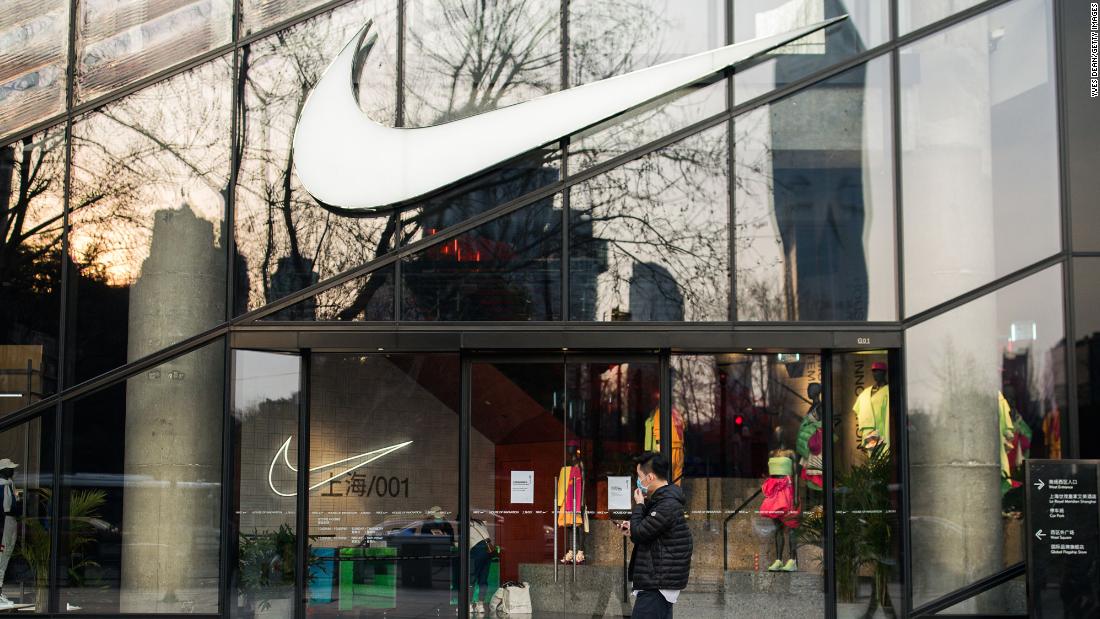[ad_1]
For most of this year, China has been living seven weeks in the future.
The world’s second largest economy was the first to be hit by the coronavirus outbreak — and also one of the first to gradually reopen. And as the rest of the world prepares to do the same, companies that were forced to first respond to the outbreak in China are using their early experiences to form a blueprint for other regions.
Here’s a look at how the future of business has changed — and how China is giving us a preview.
The way we work: Companies are starting to think about how to implement social distancing and safer behaviors in the workplace.
For instance, desks can be further spaced out, and sensors could replace the shared surfaces we used to touch; instead of swiping your entry pass to get indoors, for example, you might face a facial recognition camera or pull up a QR code on your phone.
And after months of working from home, the way we communicate at work has also changed, with a boom in demand for enterprise software.

The way we shop: As millions of people hunker down at home, they’re being forced to create new routines and lifestyles — and change their shopping habits.
Nike pivoted quickly and effectively by accelerating its online business in China. Digital sales in Greater China rose more than 30% last quarter, while weekly active users for its activity apps shot up 80%, CEO John Donahoe told investors.
The way we manage our supply chains: The pandemic saw shortages of materials and critical supplies, and a crisis of worker absenteeism.
That’s forcing businesses to rethink how they ship or send out their goods, and may force a reinvention of the global supply chain. The pandemic was “a wake-up call” for many companies, said Alain Benichou, CEO of IBM China.
Read the full story:


















